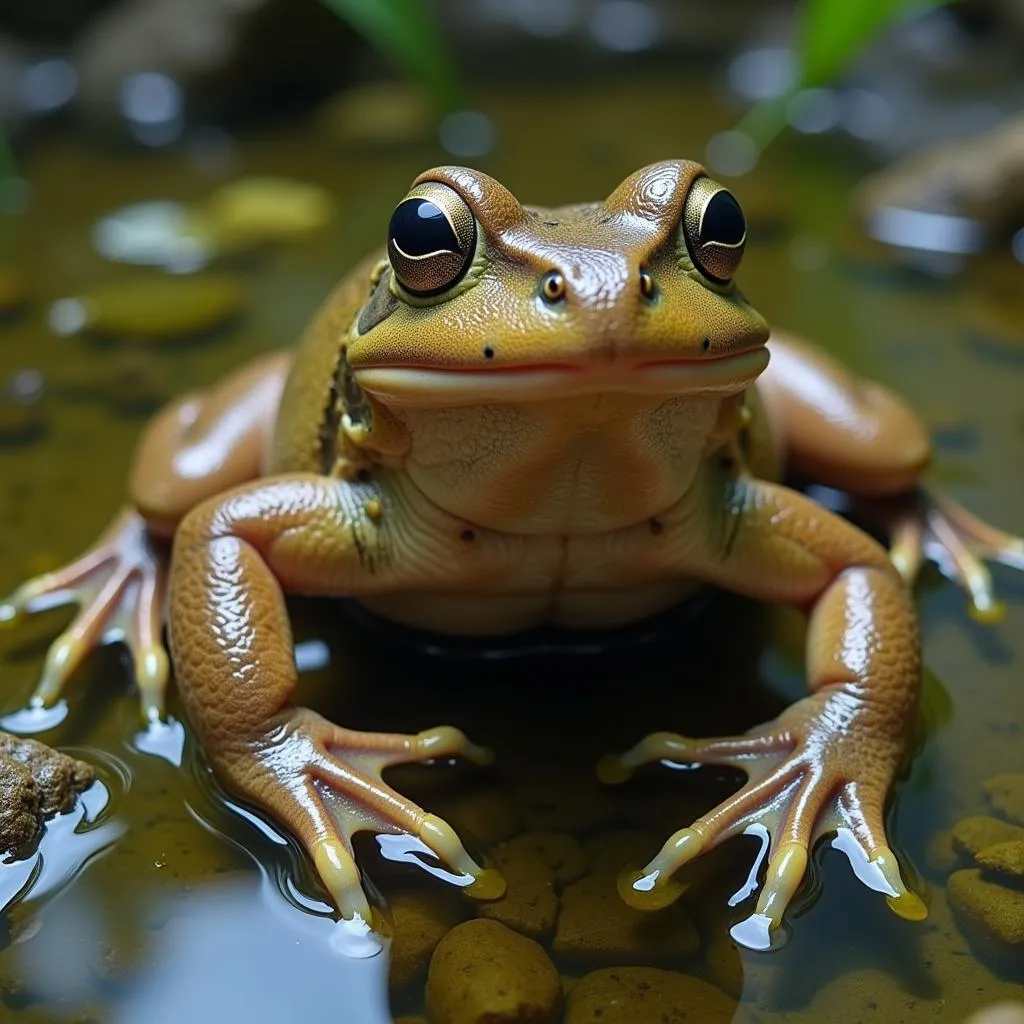African Rhinoceros: A Majestic Creature Facing Extinction
The African Rhinoceros, a magnificent creature with its iconic horn and powerful presence, is a symbol of the African wilderness. However, this majestic animal is facing a severe threat: extinction. With a history deeply intertwined with African culture and ecology, the African rhinoceros is struggling to survive against the relentless onslaught of human activities. This article delves into the world of African rhinoceros, exploring their unique characteristics, the challenges they face, and the conservation efforts underway to protect this iconic species.
Understanding African Rhinoceros
There are two main species of African rhinoceros: the black rhinoceros and the white rhinoceros. Despite their names, both species are gray in color. The difference lies in their lip structure, which is pointed in the black rhinoceros and square in the white rhinoceros.
Black Rhinoceros
The black rhinoceros, known for its pointed upper lip, is a highly specialized browser, feeding primarily on leaves and twigs. They are solitary animals, except for mothers and their calves, and inhabit a variety of habitats across sub-Saharan Africa. The black rhinoceros is considered critically endangered, with an estimated population of less than 5,500 individuals.
White Rhinoceros
The white rhinoceros, with its wide, square upper lip, is a grazer, preferring grasses and other vegetation found in open grasslands and savannas. They are social animals, forming small herds of females and young, led by a dominant female. The white rhinoceros has been brought back from the brink of extinction, with a current estimated population of around 20,000.
Threats to African Rhinoceros
African rhinoceros face a multitude of threats, primarily driven by human activities.
Poaching for Their Horns
The demand for rhinoceros horns, primarily in East Asia, is a major driver of poaching. These horns are believed to have medicinal properties, although there is no scientific evidence to support this claim. This illicit trade has decimated rhinoceros populations over the past few decades.
Habitat Loss and Degradation
As human populations expand, natural habitats are converted for agriculture, infrastructure development, and other uses. This habitat loss and degradation disrupts rhinoceros populations, forcing them into smaller, fragmented areas, making them more vulnerable to poaching and other threats.
Human-Wildlife Conflict
As human encroachment into rhinoceros habitats increases, encounters between humans and rhinos become more frequent, leading to conflict. This can result in crop raiding, livestock predation, and even human casualties, further fueling animosity towards these animals.
Conservation Efforts for African Rhinoceros
Recognizing the perilous state of African rhinoceros populations, conservationists and governments have launched numerous initiatives to protect and restore these animals.
Anti-Poaching Patrols
Anti-poaching patrols are deployed in rhinoceros habitats to deter poachers and protect rhino populations. These patrols often involve specialized teams equipped with advanced technology and supported by local communities.
Habitat Protection and Restoration
Conservation efforts focus on protecting existing rhino habitats and restoring degraded areas. This involves establishing protected areas, managing land use, and promoting sustainable practices that benefit both people and rhinos.
Community Engagement
Engaging local communities in conservation efforts is crucial for long-term success. Empowering local communities to participate in anti-poaching efforts, promote sustainable practices, and benefit from conservation initiatives creates a sense of ownership and responsibility for rhino protection.
The Future of African Rhinoceros
The future of African rhinoceros hinges on our ability to address the multifaceted threats they face. Continued investment in anti-poaching efforts, habitat protection, and community engagement is essential to ensure the survival of these iconic creatures.
“The fight to save the African rhinoceros is a challenging one, but it is not insurmountable,” says Dr. Jane Thompson, a renowned wildlife conservationist. “With collective action and unwavering dedication, we can secure a future for these magnificent creatures.”
FAQ
Q: How can I help protect African rhinoceros?
A: You can contribute to rhino conservation by supporting reputable conservation organizations, raising awareness about the threats they face, and advocating for policies that promote their protection.
Q: Are there any legal uses for rhinoceros horns?
A: There are no legal uses for rhinoceros horns. The trade in rhino horns is strictly prohibited under international law.
Q: What are the challenges in protecting rhinoceros populations?
A: The challenges include tackling the illegal trade in rhino horns, mitigating habitat loss, and addressing human-wildlife conflict.
Q: What are the long-term goals of rhinoceros conservation?
A: The long-term goals are to secure viable populations of both black and white rhinoceros in the wild, ensuring their survival for generations to come.
Q: Are there any success stories in rhinoceros conservation?
A: Yes, the white rhinoceros has been brought back from the brink of extinction through intensive conservation efforts. These efforts provide hope for the recovery of other rhino populations.
Q: What are some examples of community-based conservation initiatives for rhinoceros?
A: Many initiatives involve working with local communities to establish anti-poaching patrols, develop sustainable land management practices, and generate income from ecotourism, benefiting both people and rhinos.
This article serves as a starting point for understanding the challenges and opportunities facing African rhinoceros. It underscores the importance of continued conservation efforts to secure a future for these magnificent creatures.
